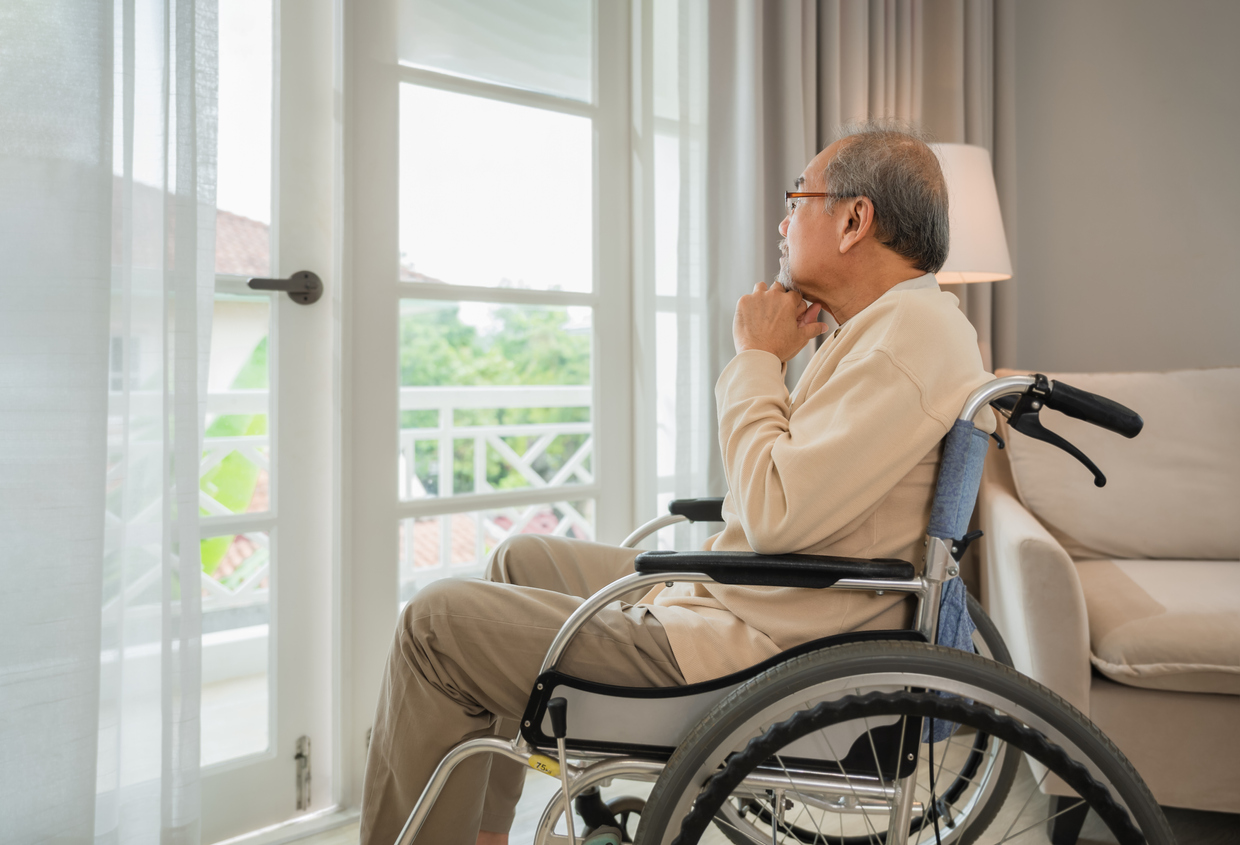When Help Can Hurt
Poorly designed nursing home changes endanger America's frail elderly

By Jim Towey
You’ve probably heard the saying “the road to hell is paved with good intentions.” This expression, borne of life experience, teaches that good intentions alone aren’t sufficient. It isn’t enough to simply mean well. You have to do well.
Unfortunately, good intentions and bad outcomes can travel in pairs. When they do, it is usually a failure of foresight and planning. While no one can predict the future, we do have a duty – particularly when making plans that will impact the lives of others – to be wise and prudent in the planning process, identifying foreseeable adverse consequences and adjusting strategies accordingly.
“Helping” nursing homes
This brings me to this week’s announcement by the Biden administration seeking to improve the lives of nursing home residents through the institution of minimum staffing standards for their nurses and nurses’ aides. The Centers for Medicare & Medicaid Services says that about three out of four of America’s 15,500 nursing homes that they fund (to the tune of $95 billion a year) will be required to increase staffing because of the new federal mandate. This will cost these providers billions of dollars. The proposed scheme requires around-the-clock coverage by at least one registered nurse, compared to the eight-continuous-hour requirement currently in place, and dictates specific hours of care by nursing professionals, per day, per patient.
So, who could quarrel with this well-intentioned policy initiative designed to improve the quality of care and frequency of contact between caregivers and patients?
I can.
First, under the Biden administration’s plan, not a penny of federal money will be provided to these long-term care facilities to implement the higher staffing standards. I find this amazing. This administration has run up the highest budget deficits in America’s history, spending trillions on Covid, climate change, wind farms, union job opportunities, and Ukraine, to name a few Biden priorities, amassing a total national debt of nearly $33 trillion. Yet it couldn’t find a few billion dollars a year to pay for these staffing upgrades?
The problems with this unfunded mandate are entirely foreseeable. These additional costs will be passed along to the nursing home operators, and therefore, to the patients and their families themselves. According to the 2020 Genworth Cost of Care survey, a semi-private nursing home room already exceeds $93,000 annually. Typically, the amount the government doesn’t pay falls on individuals who can. If the federal payment doesn’t cover the cost, and the residents can’t either, the owner must make up the rest. Some will go out of business. The Wall Street Journal reported that a bipartisan group of 13 senators’ fears that the new regs will put many nursing homes in financial jeopardy, possibly leading to closures at precisely the time the age-wave of Baby Boomers gears up for beds. The Biden administration seems to ignore this likelihood. And conveniently, the staffing increases don’t take effect for three years, so you get the “feel good” announcement with none of the future, real world consequences.
Nursing shortage
Second, where will these new nurses and aides come from? There is a nursing shortage in America. Covid took its toll on these facilities where approximately 200,000 people died. Since the pandemic, as the Journal reports, there has been a drop in hands-on staff of nearly that same number. Low pay and stressful work have a way of suppressing job applicants. Hospitals are able to pay registered nurses higher wages than nursing homes can. The Biden proposal includes a measly $75 million in financial incentives (scholarships, tuition reimbursement) to incent more people to work in long-term care. Without higher wages, who will take on this stressful, often-thankless work?
Finally, rural nursing homes may bear the brunt of the mandate. These facilities and their available workforce tend to be much smaller and less resilient. The plan allows a longer timeline for them to meet the staffing standards, and a time-limited “hardship exemption” for facilities having a hard time finding the nurses they need. Big deal. Why not plan for the needs of rural homes now?
The Covid lesson
We saw the well-intended Covid measures that presidents Trump and Biden took – the lookdowns that damaged the economy, quarantines that were unnecessary, school closures that have hobbled a generation of poor children, vaccine requirements for populations who faced no mortal danger, and mask mandates that we now know had no impact. Good intentions, bad results. It doesn’t have to be this way. The road to a nursing home can be paved with good intentions and effective strategies by the federal government.
(The views expressed herein are those of the author and do not necessarily reflect the views of Aging with Dignity and/or its Board of Directors.)
